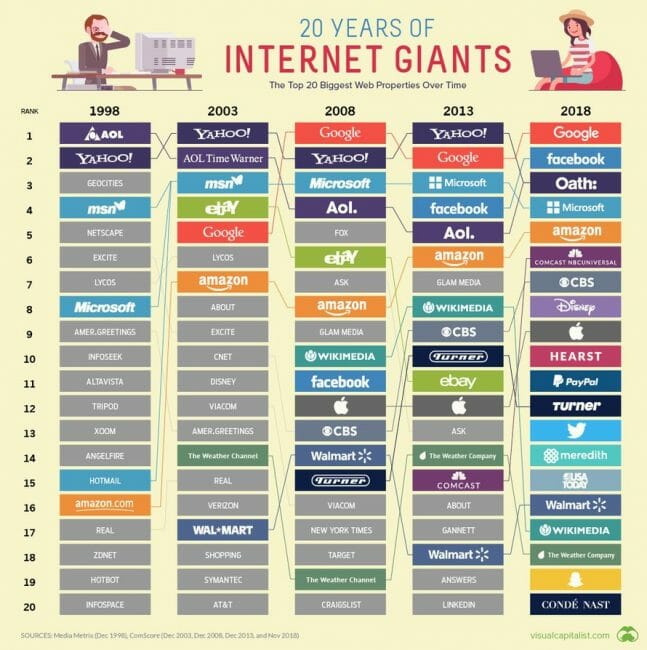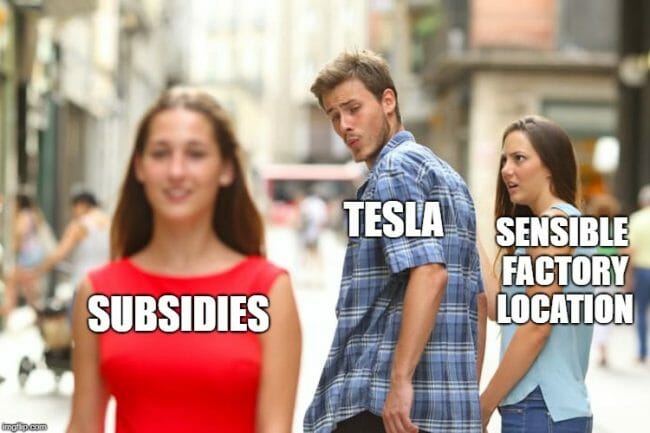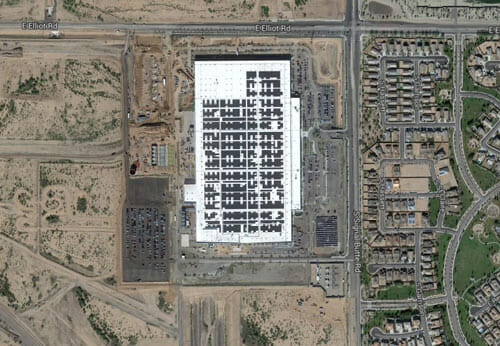An Update on Tesla in Advance of 4Q Earnings
Yes, I am like an addict on Tesla but I find the company absolutely fascinating. Books and HBS case studies will be written on this saga some day (a couple are being written right now but seem to be headed for Musk hagiography rather than a real accounting ala business classics like Barbarians at the Gate or Bad Blood).
I still stand by my past thoughts here, where I predicted in advance of results that 3Q2018 was probably going to be Tesla's high water mark, and explained the reasons why. I won't go into them all. There are more than one. But I do want to give an update on one of them, which is the growth and investment story.
First, I want to explain that I have nothing against electric vehicles. I actually have solar panels on my roof and a deposit down on an EV, though it is months away from being available. What Tesla bulls don't really understand about the short position on Tesla is that most of us don't hate on the concept -- I respect them for really bootstrapping the mass EV market into existence. If they were valued in the market at five or even ten billion dollars, you would not hear a peep out of me. But they are valued (depending on the day, it is a volatile stock) between $55 to $65 billion.
The difference in valuation is entirely due to the charisma and relentless promotion by the 21st century's PT Barnum -- Elon Musk. I used to get super excited by Musk as well, until two things happened. One, he committed what I consider outright fraud in bailing out friends and family by getting Tesla to buy out SolarCity when SolarCity was days or weeks from falling apart. And two, he started talking about things I know about and I realized he was totally full of sh*t. That is a common reaction from people I read about Musk -- "I found him totally spellbinding until he was discussing something I am an expert in, and I then realized he was a fraud."
Elon Musk spins great technology visions. Like Popular Mechanics magazine covers from the sixties and seventies (e.g. a flying RV! a mile long blimp will change logging!) he spins exciting visions that geeky males in particular resonate with. Long time readers will know I identify as one of this tribe -- my most lamented two lost products in the marketplace are Omni Magazine and the Firefly TV series. So I see his appeal, but I have also seen his BS -- something I think a lot more people have caught on to after his embarrassing Boring Company tunnel reveal.
Anyway, after a couple thousand words of introduction, here is the update: In my last post linked above, I argued that Tesla is a growth company that is not investing in growth. Sure, it is seeing growth in current quarters due to investments made over the last decade, but there is little evidence it is actually spending money to do anything new. It stopped managing itself like a growth company trying to maintain its first-mover advantage.
Tesla has explicitly chosen to pursue a strategy that needs a TON of capital. Everyone understands, I think, that building a new major automobile franchise takes a ton of investment -- that's why they are not popping up all the time. But Tesla actually has made choices that increase the capital needed even beyond these huge numbers. Specifically, they chose not just to manufacture cars, but to also own the sales and service network and to own the fueling network. Kia was the last major new brand in the US that I can remember, but when it started it relied on 3rd parties to build and operate the dealer/service network and relied on Exxon and Shell to build out and operate the fueling network. So Tesla has pursued a strategy that they need all the capital of Kia and of the Penske auto group and of Exxon. Eek.
And for years, they were valiantly trying to pull it off. They created showrooms in malls and created a new online selling process. They built some service locations but as has been proven of late, not enough. They built a supercharger network. It was a gutsy call that seemed to be paying off.
And then something weird happened. Somewhere in late 2017 or early 2018 they stopped raising capital and greatly slowed down both R&D and capital investment.
- They slowed expanding the service network at the very time that their installed base of cars was going up exponentially and they were getting bad press for slow service. Elon Musk promised that Tesla would create its own body shops but nothing has been done on this promise.
- They slowed the Supercharger network expansion at the same time their installed base has dramatically increased and at the same time new competitive networks were begun by major players like Volkswagen.
- They stopped expanding the Model 3 production line at the same time it was clear the current factory could produce only about 5,000 cars per day (with some quality tradeoffs at that) and Musk continued to promise 10,000 a day
- They promised production in China by the end of this year but so far the only investment has been a groundbreaking ceremony in a still muddy field
- They promised huge European sales but only just now got European regulatory approval for sales, dragging their feet for some reason on this approval despite lots of new EV competition starting to hit the European market.
- They pumped up excitement with new product concepts like the semi and the coupe and the pickup truck but there is no evidence they have a place to build them or even have started to tool up.
- Everyone thinks of Tesla as having leadership in battery technology but that is the one area they have actually outsourced, to Panasonic.
- Through all of this, through all these huge needs for capital and despite Tesla's souring stock price and fanboy shareholders begging to throw money at the company, they have not raised any capital for a year.
Since my initial post, we have seen a few new pieces of news
- Tesla still has not raised capital and in fact faces a $1 billion bond repayment in just over 30 days
- Tesla admitted that it has not even started working on a refreshed design for the aging Model S and X, despite increasing EV competition coming at this high end from Audi, Porche, and others. These refreshes should have been started years ago.
- In fact, Tesla announced it was cutting back on production of the S and X. Ostensibly this was to focus on the Model 3. Most skeptics think this is BS, and the real reason is falling demand. But it doesn't matter -- growth companies with great access to the capital markets don't make these kinds of tradeoffs. This is further proof that Tesla is no longer managing itself like a growth company. These cuts are particularly troubling because the S and X are where Tesla gets most of its gross margins -- the Model 3 margins are much worse.
- Tesla laid off 7% of its work force. Again, this is not the act of a company that is behind in implementing its growth initiatives, growth initiatives that perhaps 80% of its stock market valuation depends on.
Tesla has always had an execution problem, or more rightly an over-promising problem. But it was still actually investing and doing stuff, even if it was disorganized and behind in doing so. Now, however, it is a company valued as an exponential growth company that is no longer managing itself like a growth company. It has billions of investments that are overdue -- in new products, in product refreshes, in the service network, in a second generation supercharger -- that should have been started 2-3 years ago and for which there isn't any major activity even today.
As a disclosure, Tesla stock is one of the most dangerous in the world to trade, either way. You really need to understand it before you trade it and no one really understands it. I have a couple of long-dated put options on Tesla that I consider more of a bar bet than anything else. I also have a couple of cheap short-dated calls as I usually do in the runup to the quarterly Tesla earnings call. Musk is great at the last minute stock pump during earnings call week, and the stock often pops only to fall soon afterwards as people dig into the numbers. But again, these are "investments" that are less than 0.1% of my portfolio.
Postrcript: When I wrote "Tesla is a growth company that is not investing in growth" I was picturing the Jim Cramer cameo in Ironman -- "That's a weapons company that doesn't make any weapons!" Of course it took a work of fiction to see Jim Cramer advocate for the short side. Doubly ironic given Musk sometimes styles himself as the real life Tony Stark.



